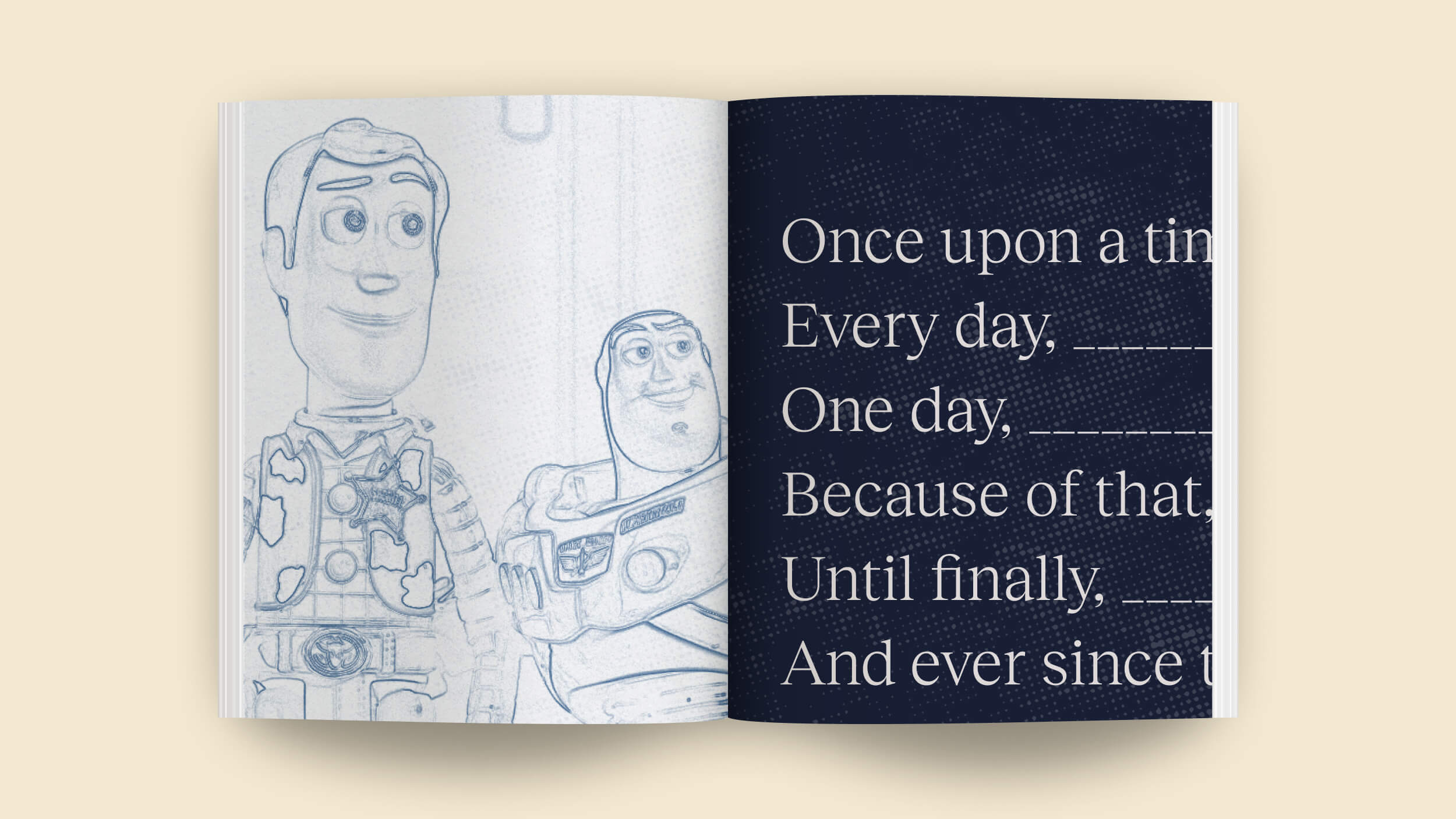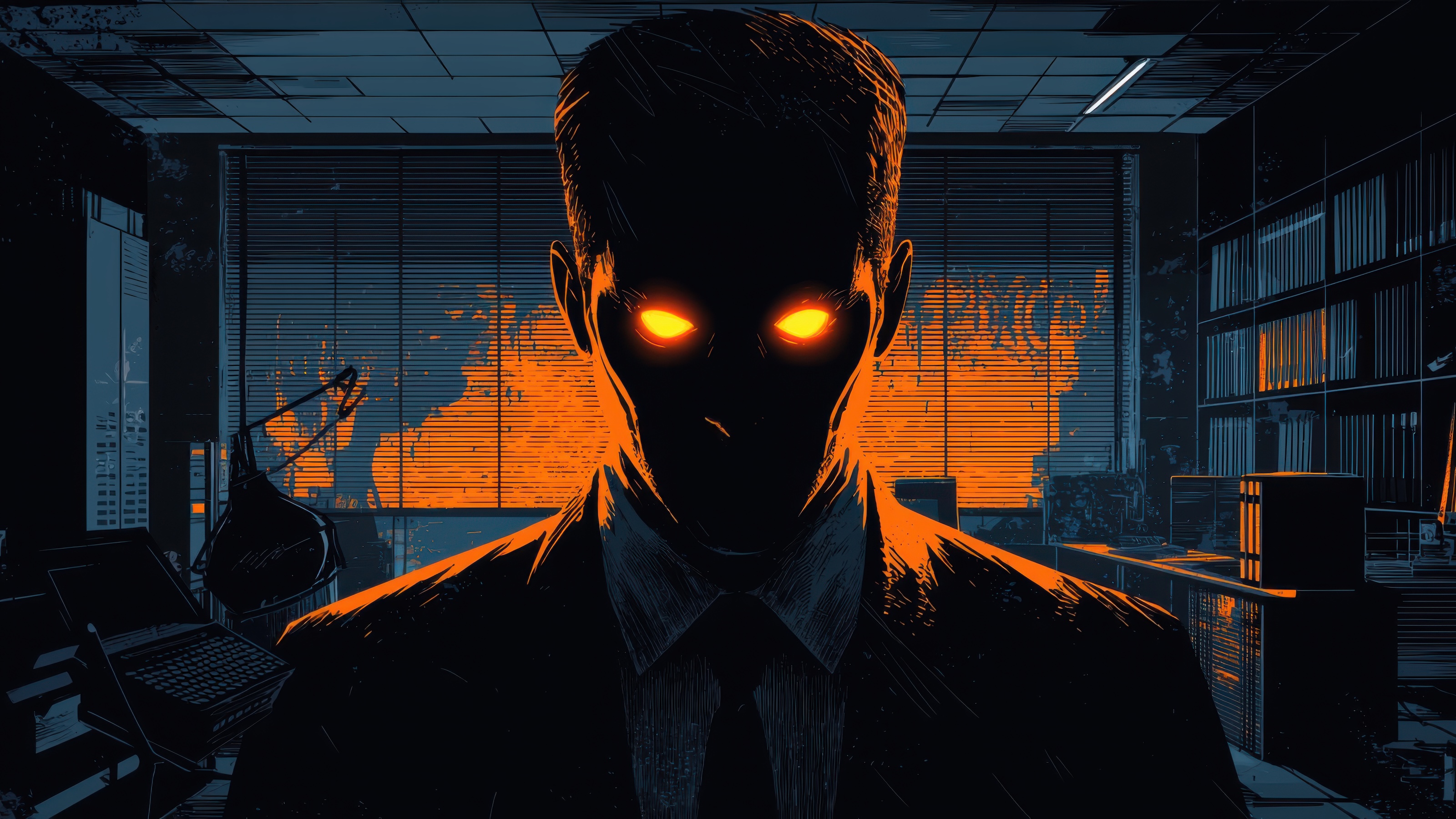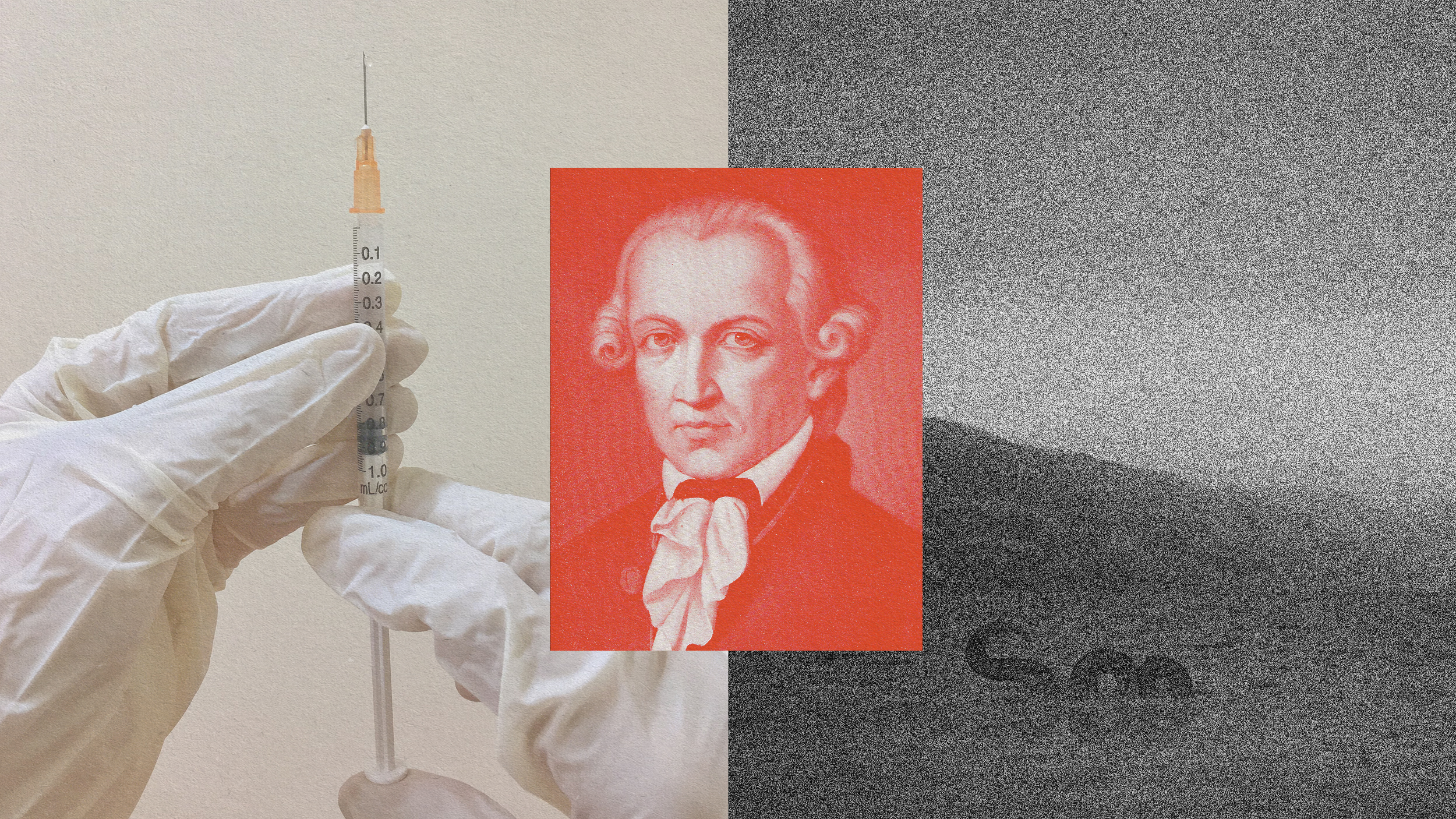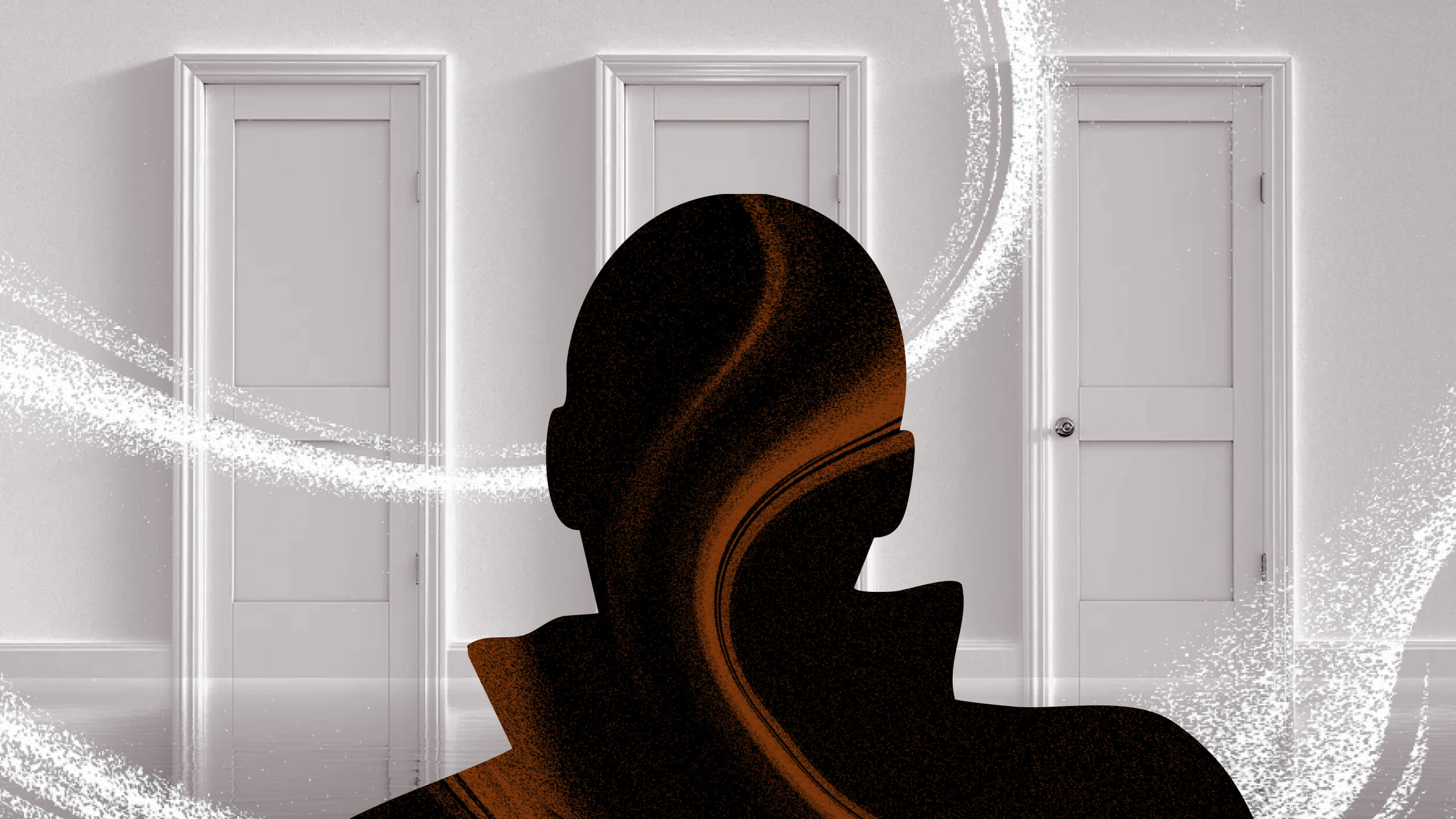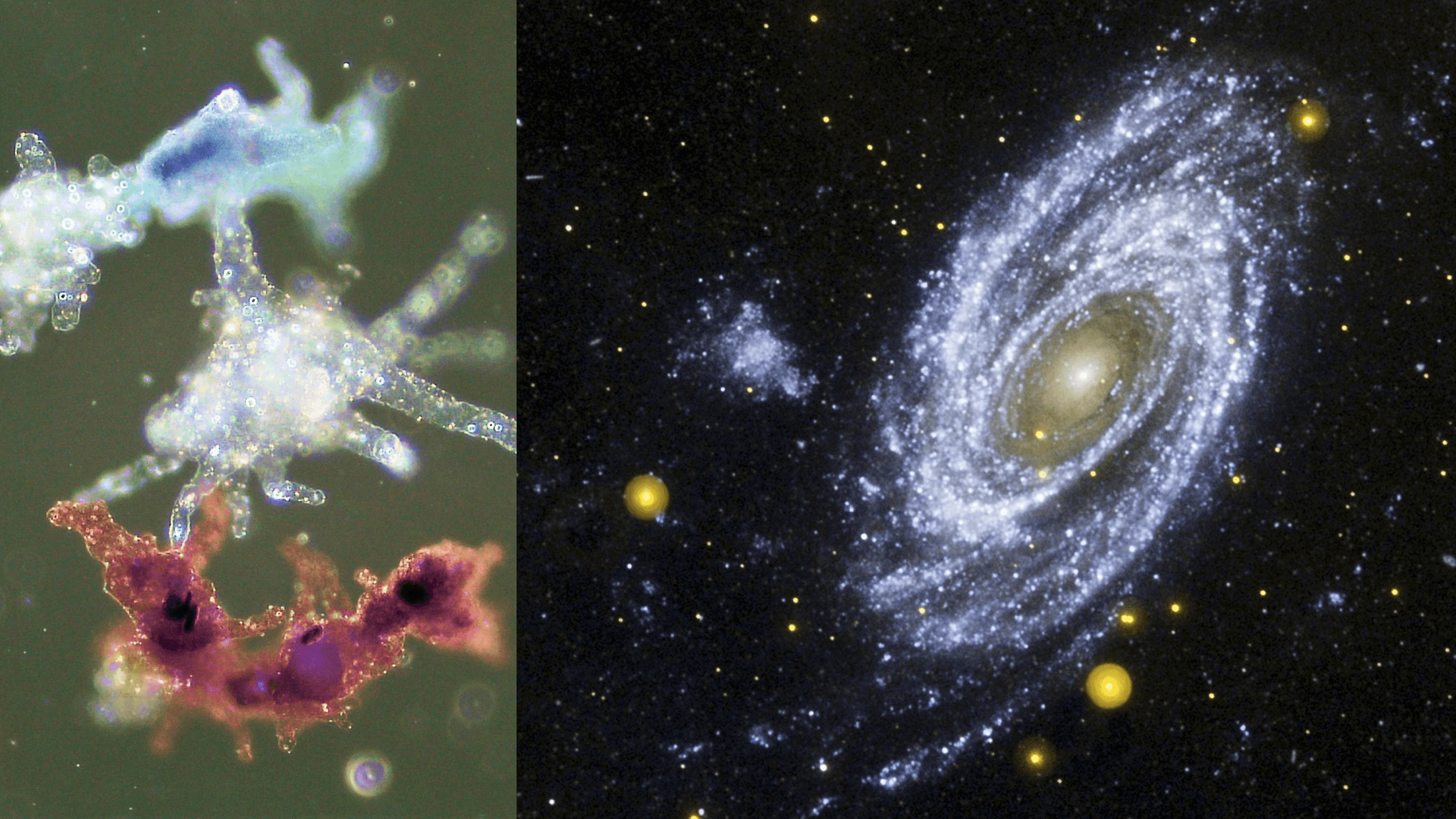Since the mid-1960s, the CMB has been identified with the Big Bang’s leftover glow. Could any alternative explanations still work?
All Articles
Could studying the Oriental hornet lead to a treatment for people with alcohol use disorder?
Welcome to The Nightcrawler — a weekly newsletter from Eric Markowitz covering tech, innovation, and long-term thinking.
Our classical intuition is no good in a quantum Universe. To make sense of it, we need to learn, and apply, an entirely novel set of rules.
The findings suggest that biochemical and physical effects of exercise could help heal nerves.
Listen, set boundaries, and point them where to go.
Psychotherapist Israa Nasir explains how a “value-aligned life” can help us crush our goals — without being crushed by the need to accomplish more.
It’s the ultimate setup for a Thanksgiving Day disaster. The physics of water and its solid, liquid, and gas phases compels us not to do it.
We need a “theory that explains the evolution of evolution,” argues theoretical physicist Sara Imari Walker.
On November 25, U.N. members will meet in South Korea to cap off a series of meetings aiming to reduce global plastic pollution.
Magnificent time-tested buildings are filled with lessons in resilience and stability — and the benefits for investment strategy can be huge.
Storytelling skills are not just for entertainment — practical exercises used by the cream of Hollywood can transform your work-life.
The most massive early galaxies grew up faster, and have more stars, than astronomers expected, according to JWST. What does it all mean?
Daniel Goleman: Why emotional intelligence may be the number one indicator of organizational success
Today’s technology presents unique challenges for social awareness and relationship management at work, making emotional intelligence all the more critical.
While we’re busy wondering whether machines will ever become conscious, we rarely stop to ask: What happens to us?
If you have any sort of power for any reasonable length of time, you will be changed by it — awareness of the effects is crucial.
There are a few small cosmic details that, if things were just a little different, wouldn’t have allowed our existence to be possible.
Off-the-shelf consumer technology is helping people pursue their interests — and advancing science at the same time.
Recent controversies bode ill for the effort to detect life on other planets by analyzing the gases in their atmospheres.
AI software is rapidly accelerating chip design, potentially leveling up the speed of innovation across the economy.
Astronomer Adam Frank asks: With so many extraordinary claims, why can’t anybody produce the proof?
“I have a friend who thinks vaccines cause autism,” writes Nina. “What can I do?”
The truly talented are those who got to where they are despite preconceived expectations.
When we see pictures from Hubble or JWST, they show the Universe in a series of brilliant colors. But what do those colors really tell us?
Of the millions of substances people encounter daily, health researchers have focused on only a few hundred. Those in the emerging field of exposomics want to change that.
In the 18th century, David Hume argued that we are only motivated to do good when our passions direct us to do so. Was he right?
Welcome to The Nightcrawler — a weekly newsletter from Eric Markowitz covering tech, innovation, and long-term thinking.
The last naked-eye Milky Way supernova happened way back in 1604. With today’s detectors, the next one could solve the dark matter mystery.
How did life on Earth begin? Is there life on other worlds? An answer to either question will reflect heavily on the other.
A member of a species that kills trees, this mushroom is not the first to be called the Humongous Fungus — and perhaps not the last.











